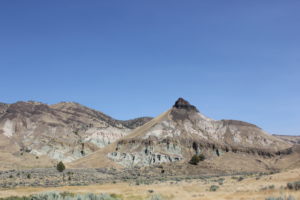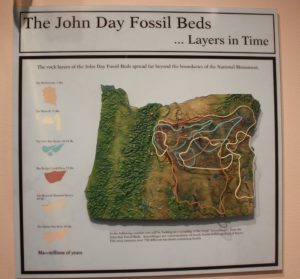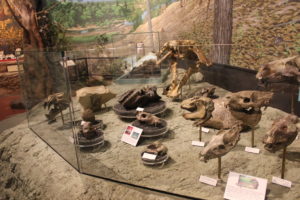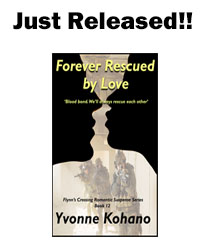Who was John Day? Why was a National Monument named after him? The story is more titillating than exciting.
A trapper by trade, John Day’s claim to fame was being attacked and stripped naked by Indians as he hunted on the Columbia River in the early 1800’s. A major water system in the area is named after him, the picturesque and important John Day River, along with the town of John Day and nearby Dayville. Legend has it that when he returned in civilization in his {ahem} state, he went mad. That, or he found some duds and went back to work for a few more years. It’s a story, after all!
No matter what his fate, he lives on in the name assigned to this scenic treasure. Take your time on the drive as you near the park itself. Some viewpoints sneak up on quickly and they are well worth the stop – like Cathedral Rock.
(See Part 1, Clarno Palisades Unit, here.)
(See Part 3, Painted Hills Unit, here.)

Part 2 – Sheep Rock Unit
The summer heat was rising fast, so after a quick snack at the Clarno picnic site, we hit the road for the largest unit, Sheep Rock, and the Thomas Condon Paleontology Center. It took a lllooonnnggg time to get there, and the temp passed 100 well before we arrived. If we’d planned this better, we would have changed our route to do this site first (and picked a season other than summer). The information we learned would have made us better appreciate facets of Clarno.
 It’s hard to imagine the many different wet climates and verdant conditions the region morphed through to reach its dry status today. The gallery in the Center walks you through the eras of time represented throughout all units of the park, with explanations about the geology, geography and climate. Gallery tours with a paleontologist ranger are free – check times on the website or the whiteboard on the way in.
It’s hard to imagine the many different wet climates and verdant conditions the region morphed through to reach its dry status today. The gallery in the Center walks you through the eras of time represented throughout all units of the park, with explanations about the geology, geography and climate. Gallery tours with a paleontologist ranger are free – check times on the website or the whiteboard on the way in.
Depending on when you visit, you’ll be able to see paleontologists at work in the lab, carefully revealing fossils and freeing them from rock. They also prepare casts of finds to share with scientists worldwide. This effort links similar discoveries and might provide missing links in skeletons found around the planet in similar geologic time. They always leave interesting things out on their tables for you to view, even if they aren’t hard at work. This location also features a junior ranger (kid-focused) program.
 The Center displays over 500 fossils of early vertebrates and houses over 50,000, with more being discovered regularly. Formations in this area date back 7-32 million years, and with 14 inches of average annual rainfall, erosion continues. Many of these mammals have no modern equivalent, so be prepared for some weird looking critters!
The Center displays over 500 fossils of early vertebrates and houses over 50,000, with more being discovered regularly. Formations in this area date back 7-32 million years, and with 14 inches of average annual rainfall, erosion continues. Many of these mammals have no modern equivalent, so be prepared for some weird looking critters!
In addition to the overlook trail, providing an enhanced view of the strata across the valley, you can visit a historic ranch, hike through its old orchards, and follow the John Day River through a greenspace in sharp contrast to the hills around you. This park unit overall is large, and it includes other overlooks and formations at either end on the only road in or out. All would be worthy of exploration, but you’ll need time to hit each one.
NEXT UP: Spooky Painted Hills
What are some of your favorite places to see dinosaur or old mammal bones? I’ve visited some from Europe to South America. How about you?
